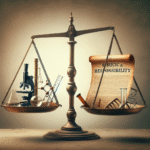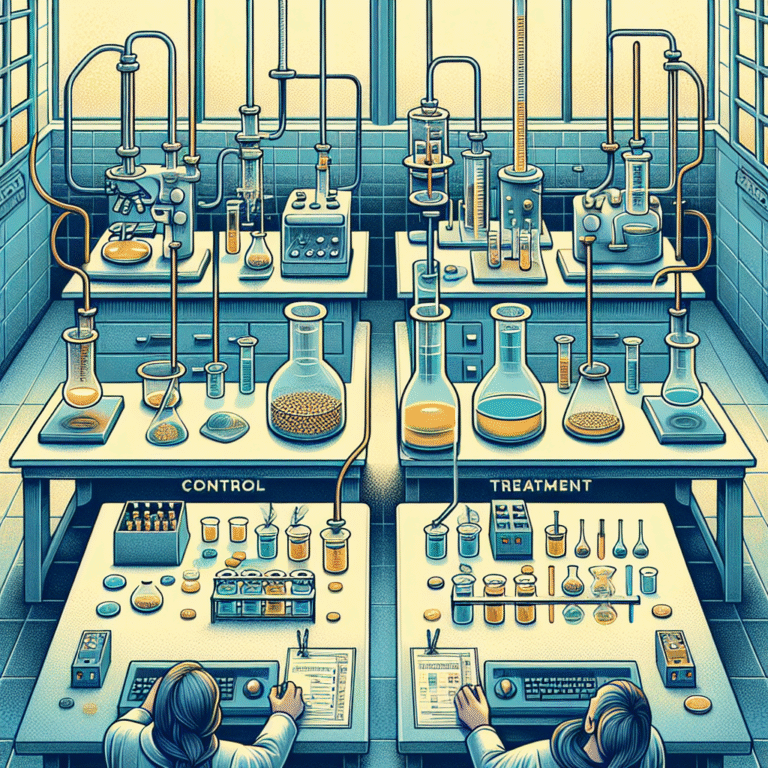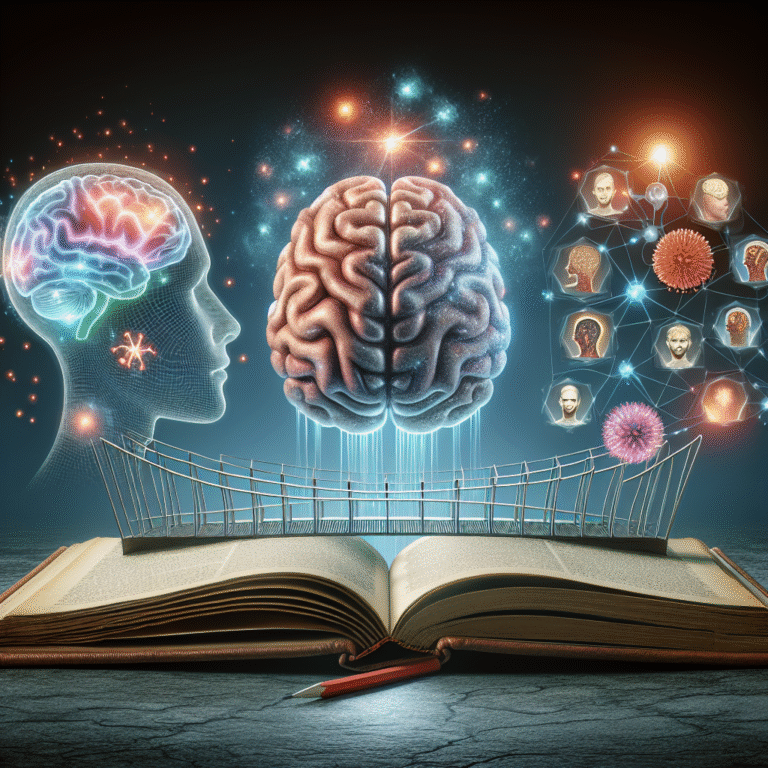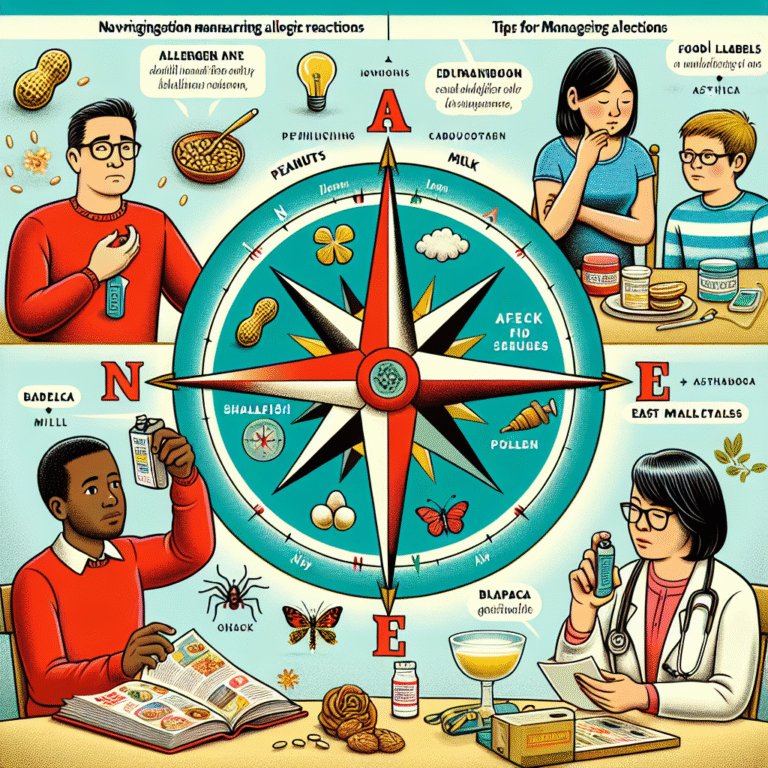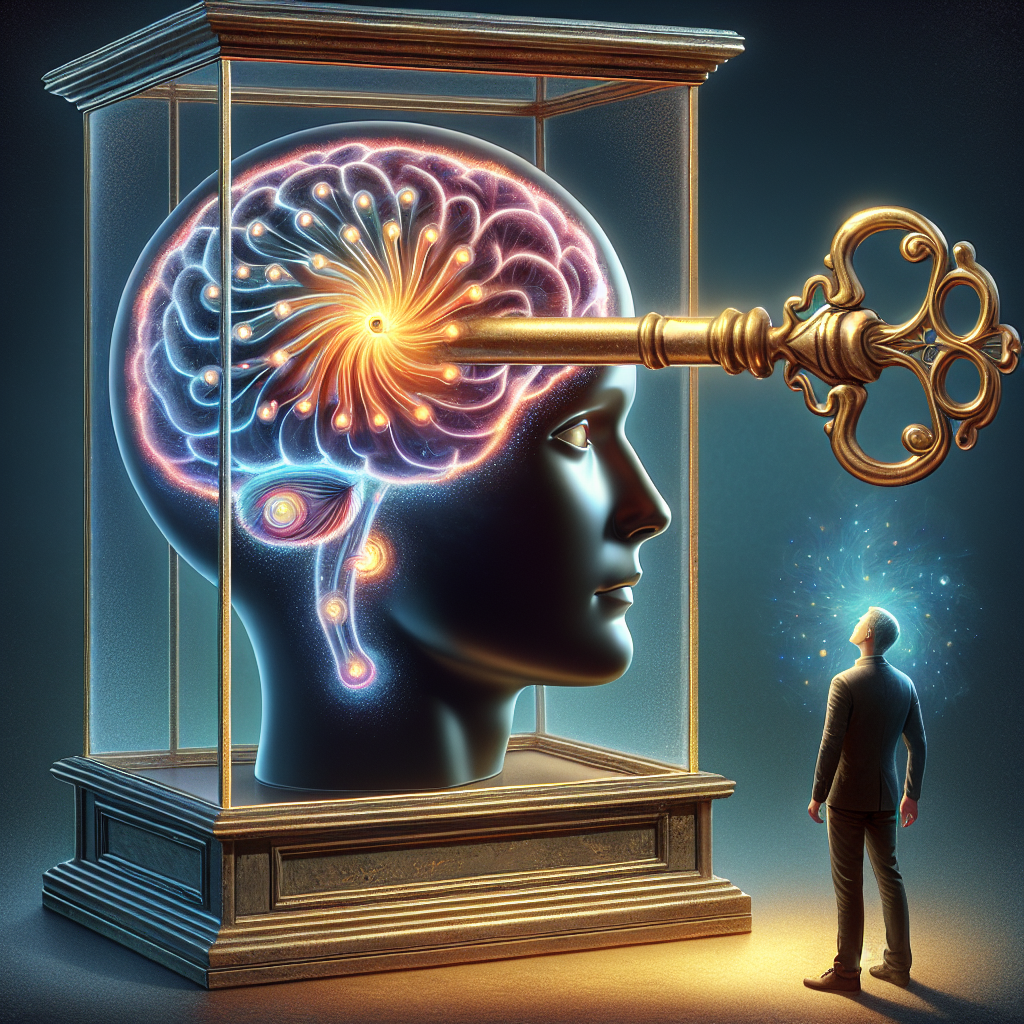
Introduction
In a world overflowing with stimuli, our ability to focus is more crucial than ever. Unlocking the Mind: How Visual Attention Shapes Our Perception reveals the vital role visual attention plays in our everyday lives. From the advertisements that draw our eyes to the educational materials that enhance our learning, visual attention affects how we interpret our world and make decisions. This article delves deep into the intricacies of visual attention and its profound impact on perception, offering unique insights and practical applications to help you harness its power.
The Science Behind Visual Attention
Visual attention is the cognitive process that dictates which information we focus on while filtering out irrelevant stimuli. Understanding how this mechanism operates can unlock insights into our daily interactions and decision-making processes.
1. The Models of Visual Attention
There are three prevailing models in cognitive psychology that explain how visual attention operates:
A. The Spotlight Model
This model suggests that attention functions like a spotlight, illuminating only specific parts of our visual field. It emphasizes how focusing on one segment can result in a profound understanding, while peripheral information remains blurred.
B. The Zoom Lens Model
This model posits that visual attention can be broadened or narrowed, akin to a zoom lens. By adjusting our focus, we can intake more detailed information from a broader area or center in on specific aspects.
C. The Feature Integration Theory
This theory explains how we combine different features (color, shape, etc.) to form a cohesive perception of an object. It highlights the role of attention in binding these features together.
2. Real-World Applications of Visual Attention
Understanding visual attention is not merely academic; it has real-world implications across various domains.
A. Marketing and Advertising
A study by the Nielsen Norman Group found that users focus on certain areas of web pages while ignoring others. Utilizing heatmaps, companies can analyze where users predominantly look and optimize their layouts accordingly.
| Element | Attention Rate | Importance |
|---|---|---|
| Header | 30% | High |
| Images | 45% | Very High |
| Text | 25% | Medium |
Incorporating visually appealing images can significantly increase user engagement, illustrating how Unlocking the Mind: How Visual Attention Shapes Our Perception can lead to higher conversion rates.
B. Education
Visual attention also plays a pivotal role in learning. Case studies on interactive learning environments show that students retain information better when visual tools like charts and infographics are employed.
Case Study: Khan Academy
Khan Academy employs a variety of visual aids, and studies show that students using their platform improved their math scores by 23% over those that relied on traditional methods. This showcases how Unlocking the Mind: How Visual Attention Shapes Our Perception can influence educational outcomes.
3. The Neurological Basis of Visual Attention
Our brain’s structure and function significantly influence how we perceive the world through visual attention.
A. The Role of the Parietal Lobe
Research shows that the parietal lobe is integral in directing attention towards specific stimuli. Damage to this area can result in conditions like hemispatial neglect, where individuals fail to acknowledge one side of their visual field.
B. The Influence of the Frontal Cortex
The frontal cortex is vital for decision-making and is closely tied to visual attention. It helps prioritize what we focus on, affecting our perception and response to stimuli.
Enhancing Visual Attention
As we navigate through life, the ability to enhance our visual attention can lead to a sharper perception of our surroundings.
1. Techniques for Improvement
A. Mindfulness and Meditation
Practicing mindfulness can train our attention networks, improving focus and perception. Techniques such as focused breathing can sharpen our ability to filter distractions.
B. Visual Training Exercises
Engaging in exercises that challenge your visual attention—such as puzzles or interactive games—can strengthen your cognitive function.
2. Applications in Daily Life
Incorporating strategies based on Unlocking the Mind: How Visual Attention Shapes Our Perception can enhance your work performance, improve relationships, and increase overall well-being.
Case Study: Workplace Productivity
A company adopting a distraction-free workspace reported a 30% increase in productivity. Employees were more focused, ultimately leading to faster project completion. This emphasizes the importance of an environment optimized for visual attention.
Conclusion
Understanding how visual attention shapes our perception allows us to unlock new levels of awareness in our everyday lives. As we explore techniques to enhance our focus and interpret our surroundings more profoundly, we equip ourselves with tools for success, fostering better decision-making and enriching our experiences.
FAQs
1. What is visual attention?
Visual attention is the process by which we focus on certain aspects of our environment while ignoring others. It influences how we perceive and understand what we see.
2. How can I improve my visual attention?
You can improve visual attention through mindfulness practices, visual training exercises, and creating a distraction-free environment to enhance focus.
3. Why is visual attention important in marketing?
Visual attention is crucial in marketing as it determines which elements of your advertisement capture the viewer’s interest, ultimately affecting engagement and conversion rates.
4. Can visual attention affect learning?
Yes, visual attention significantly impacts learning. Engaging visual aids can enhance information retention and understanding.
5. How does technology influence visual attention?
Technology can either enhance or distract from visual attention. For instance, interactive tools can engage users better, while constant notifications can detract from focus.
By unlocking the secrets behind visual attention, we not only enhance our perception but also enrich our lives, making decisions more consciously and effectively. As you explore the world around you, remember that the power of your attention can shape your reality in remarkable ways.


